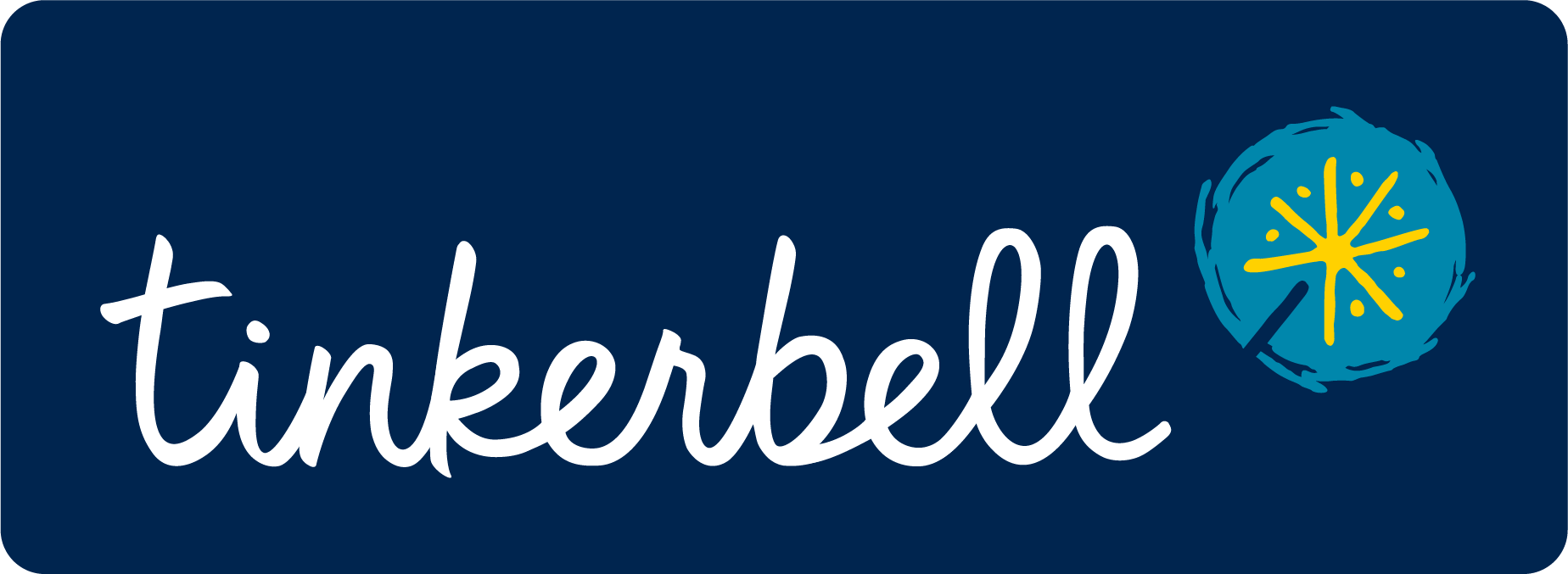Kubernetes-native declarative infrastructure for Kubernetes clusters on Tinkerbell.
The Cluster API brings declarative, Kubernetes-style APIs to Kubernetes cluster creation, configuration and management.
The API itself is shared across multiple cloud providers allowing for true hybrid deployments of Kubernetes, both on-premises and off.
See the Quick Start
This provider's versions are compatible with the following versions of Cluster API:
| v1beta1 (v1.0) | |
|---|---|
| Tinkerbell Provider v1beta1 (v0.1) | ✓ |
This provider's versions are able to install and manage the following versions of Kubernetes:
| v1.19 | v1.20 | v1.21 | v1.22 | |
|---|---|---|---|---|
| Tinkerbell Provider v1beta1 (v0.1) | ✓ | ✓ | ✓ | ✓ |
Each version of Cluster API for Tinkerbell will attempt to support all community supported Kubernetes versions during it's maintenance cycle; e.g., Cluster API for Tinkerbell v0.1 supports Kubernetes 1.19, 1.20, 1.21, 1.22 etc.
NOTE: As the versioning for this project is tied to the versioning of Cluster API, future modifications to this policy may be made to more closely align with other providers in the Cluster API ecosystem.
Pre-built images are pushed to the GitHub Container Registry. We currently publish images for Ubuntu 18.04 and Ubuntu 20.04.
Currently, it is possible to bootstrap both single instance and multiple instance Control Plane workload clusters using hardware managed by Tinkerbell.
See docs/README.md for more information on setting up a development environment.





